|
Creating a Culture of Thinking right from the start
Creating thinking opportunities from a mathematics perspective
2 Comments
Patty Jordan
7/22/2017 08:31:56 pm
I love the images you chose this time. I used the understanding map image in my final product for tomorrow!
Reply
Jeffrey Watson
7/22/2017 10:25:43 pm
AWESOME! Glad that you liked the images. Please continue to read the blog and let me know what you think!
Reply
Your comment will be posted after it is approved.
Leave a Reply. |
Archives
February 2021
Categories
All
AuthorJeff Watson is a Math teacher at the University Liggett School in Grosse Pointe Woods, MI. His work as a software engineer made him realize the need for problem solvers and critical thinkers in the workplace today. Jeff believes that the secondary math classroom should be a place of critical thinking, collaborative learning, and exploration which will cultivate the problem solvers and thinkers needed today. |

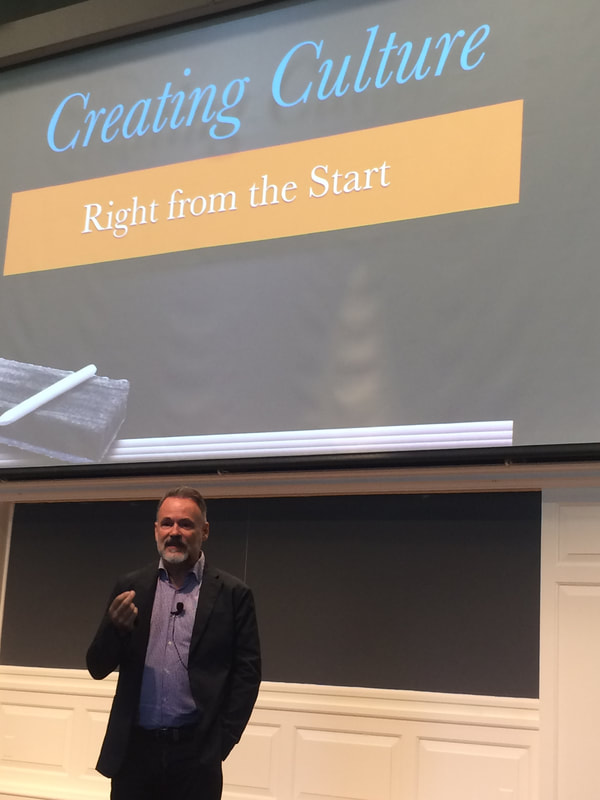





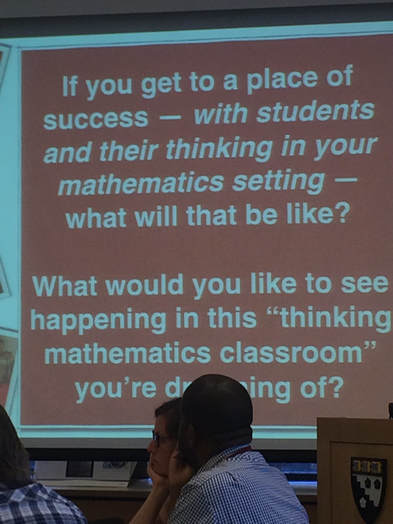

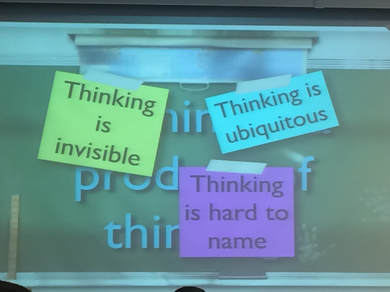
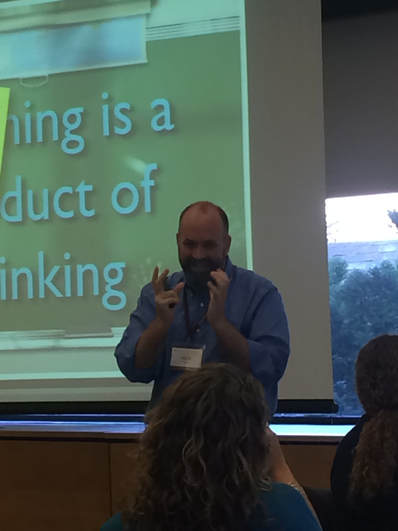
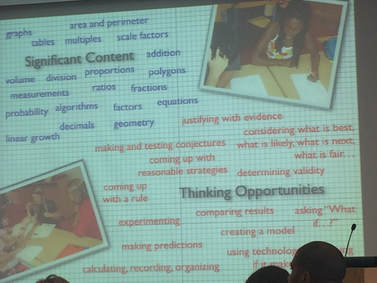
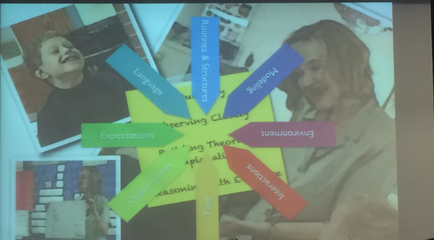
 RSS Feed
RSS Feed
